PROTECT YOUR DNA WITH QUANTUM TECHNOLOGY
Orgo-Life the new way to the future Advertising by AdpathwayA recent incident in Los Angeles has brought to light the complex dynamics of illegal immigration and the roles of individuals who operate in this realm. The story centers on Carlitos Ricardo Parias, a 44-year-old Mexican national who has gained notoriety on TikTok as a “citizen journalist” under the name “Richard LA.” With a significant following of over 135,000, Parias recorded and sought to mock U.S. Immigration and Customs Enforcement (ICE) operations, a behavior that has garnered him both attention and controversy.
This week, during a routine immigration raid, Parias was shot while attempting to evade arrest. The incident unfolded when ICE agents and U.S. marshals approached Parias’ vehicle after executing an immigration warrant at his South Los Angeles residence. Rather than comply, he reportedly ignored orders and rammed his Toyota Camry into federal vehicles. As chaos ensued, Parias created a smokescreen of debris in his reckless flight, ultimately leading to shots being fired…both by law enforcement and resulting in a ricochet that injured a U.S. marshal.
The portrayal of Parias continues to evolve. He is being lauded by some, including a member of the Los Angeles City Council, as a “pillar of our community.” Councilman Curren Price expressed his sadness regarding the shooting and showed support for Parias, reinforcing the notion that his actions resonate positively with certain groups in the community. Price stated, “Richard is a pillar of our community, a fearless citizen journalist whose authentic storytelling has consistently uplifted the unheard voices of South Central Los Angeles.” This kind of appreciation raises questions about the narratives surrounding immigrants and the perception of law enforcement.
The rhetoric surrounding the incident reflects deeper tensions. Tricia McLaughlin, a spokeswoman for the Department of Homeland Security, sharply criticized the atmosphere created by “sanctuary politicians and activists who urge illegal aliens to resist arrest.” She pointed to a significant increase…up to 1000 percent…in threats against law enforcement, attributing it to the aggressive stances taken by certain political figures and anti-ICE advocates. This suggests a recognition that the political climate can influence behaviors on both sides of the law.
Parias’ history adds another layer to this narrative. He has been known to evade capture and glorify his illegal status through social media posts aimed at empowering undocumented migrants in his community. The decision to film his interactions with ICE and showcase defiance speaks to a larger phenomenon of individuals leveraging social media to amplify their voices and experiences, however controversial they may be.
This incident and its fallout have become emblematic of broader issues regarding immigration policy and enforcement in the United States. On one hand, there are activists and community leaders who view Parias as a champion and a brave voice for those navigating the complexities of undocumented status. On the other, law enforcement officials see his actions as part of a troubling trend of resistance to immigration enforcement.
The juxtaposition of Parias as a “citizen journalist” and the grim reality of illegal immigration enforcement creates a charged atmosphere. With significant public attention drawn to this case, the implications extend beyond one individual; they speak to the ongoing debate surrounding immigration in America today. Who is celebrated, who is criticized, and what those decisions reveal about societal values are questions that will continue to resonate amid the chaos of immigration enforcement actions.
In conclusion, the incident involving Carlitos Ricardo Parias illustrates the intricate web of immigration, law enforcement, and public perception. As the narratives unfold, it remains clear that the conversation surrounding illegal immigration is far more complex than mere political posts or community accolades. The implications extend into broader societal attitudes, revealing divisions in how immigration is viewed and handled across the nation.
"*" indicates required fields


 2 days ago
1
2 days ago
1
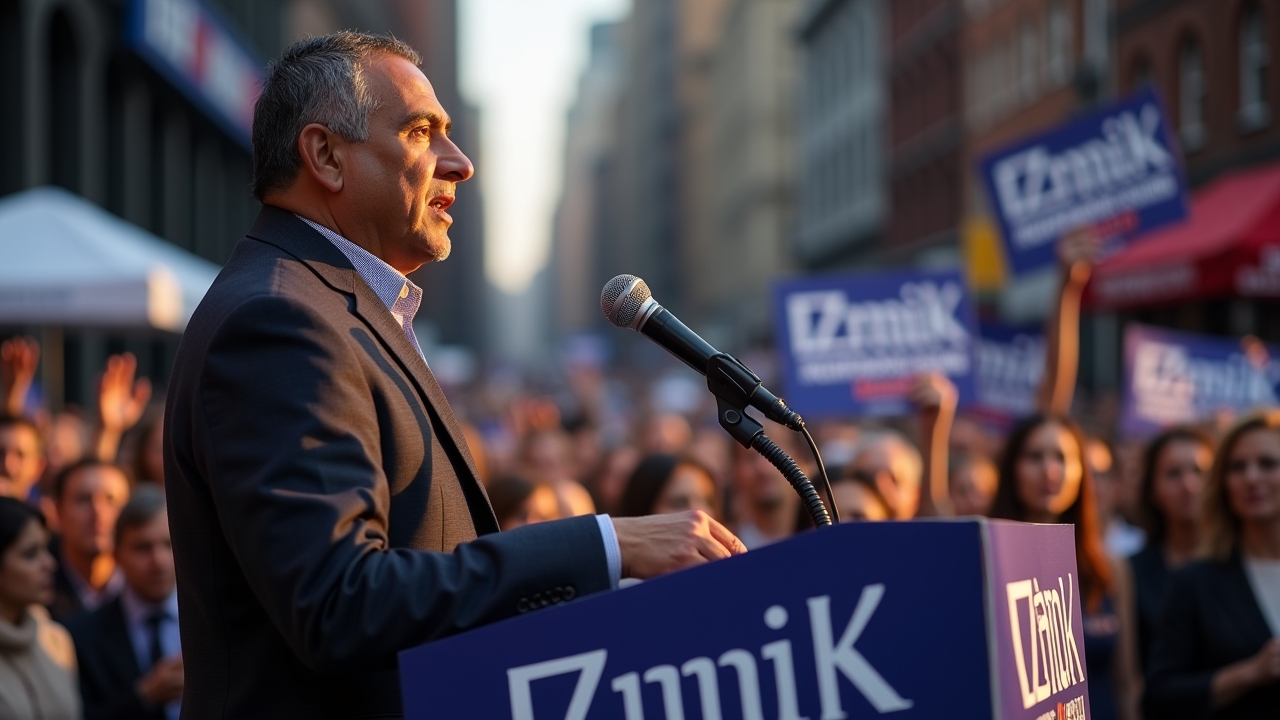

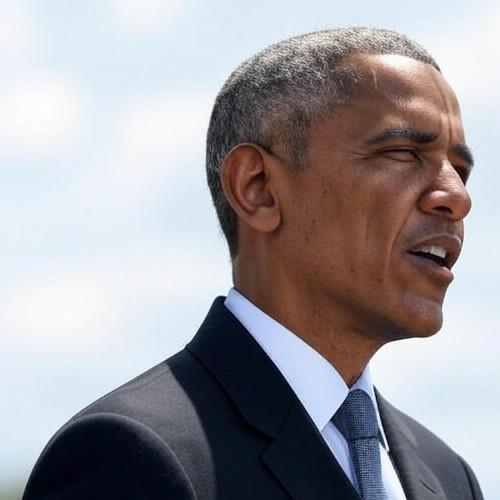
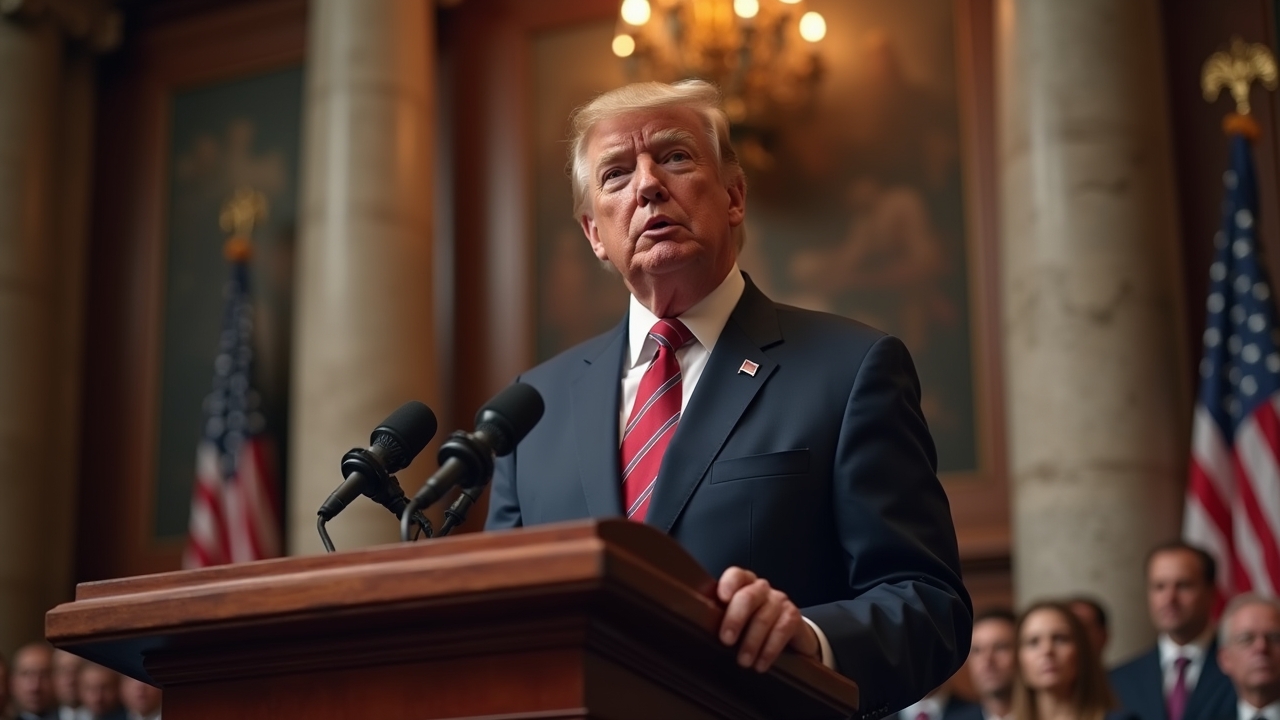
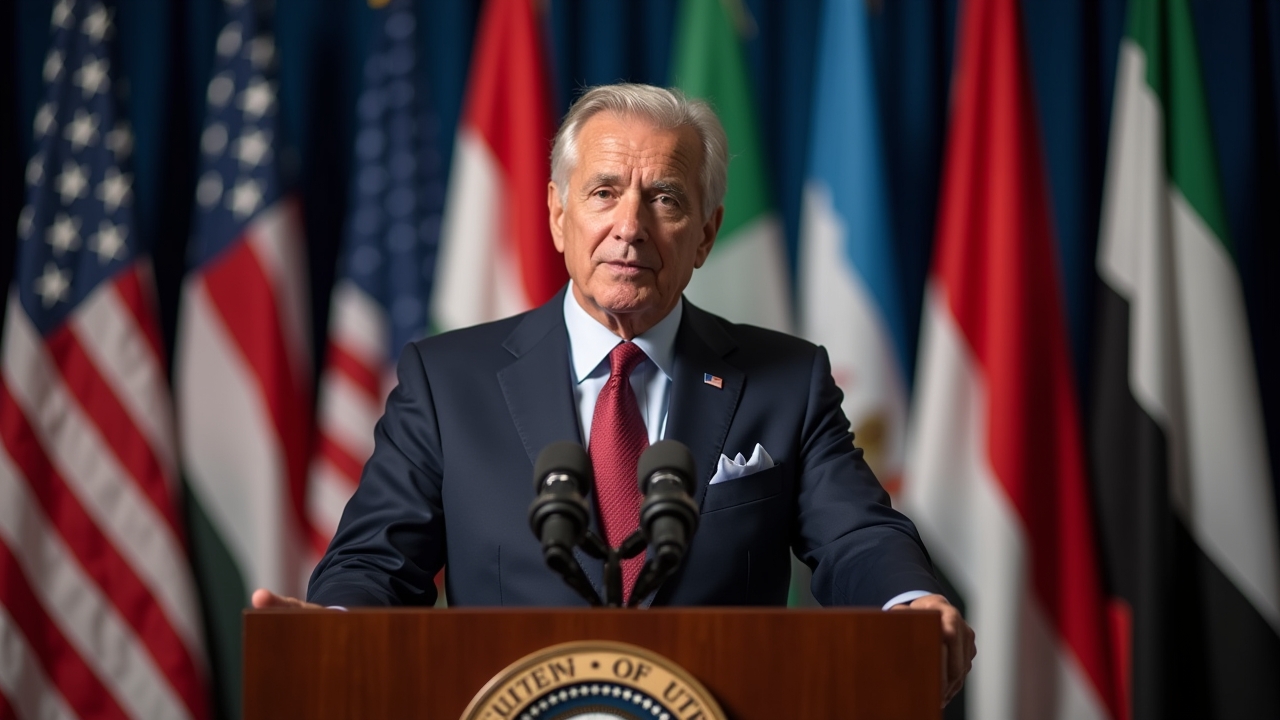

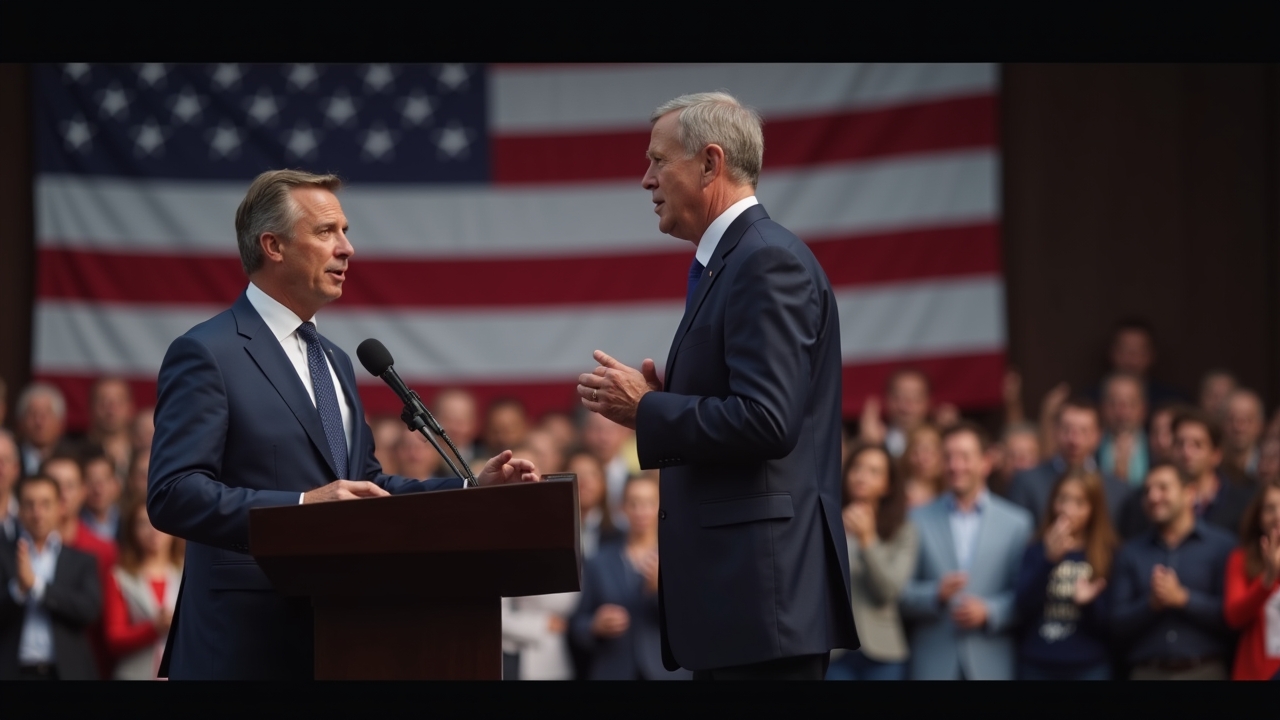
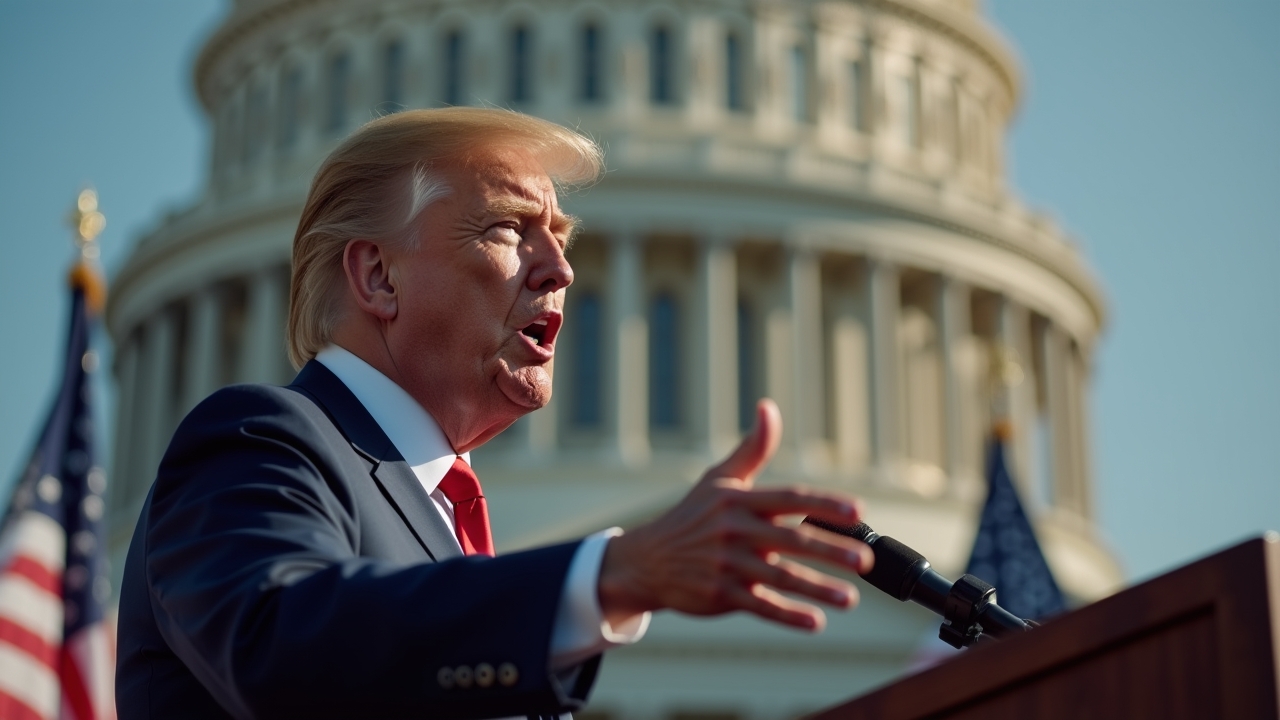

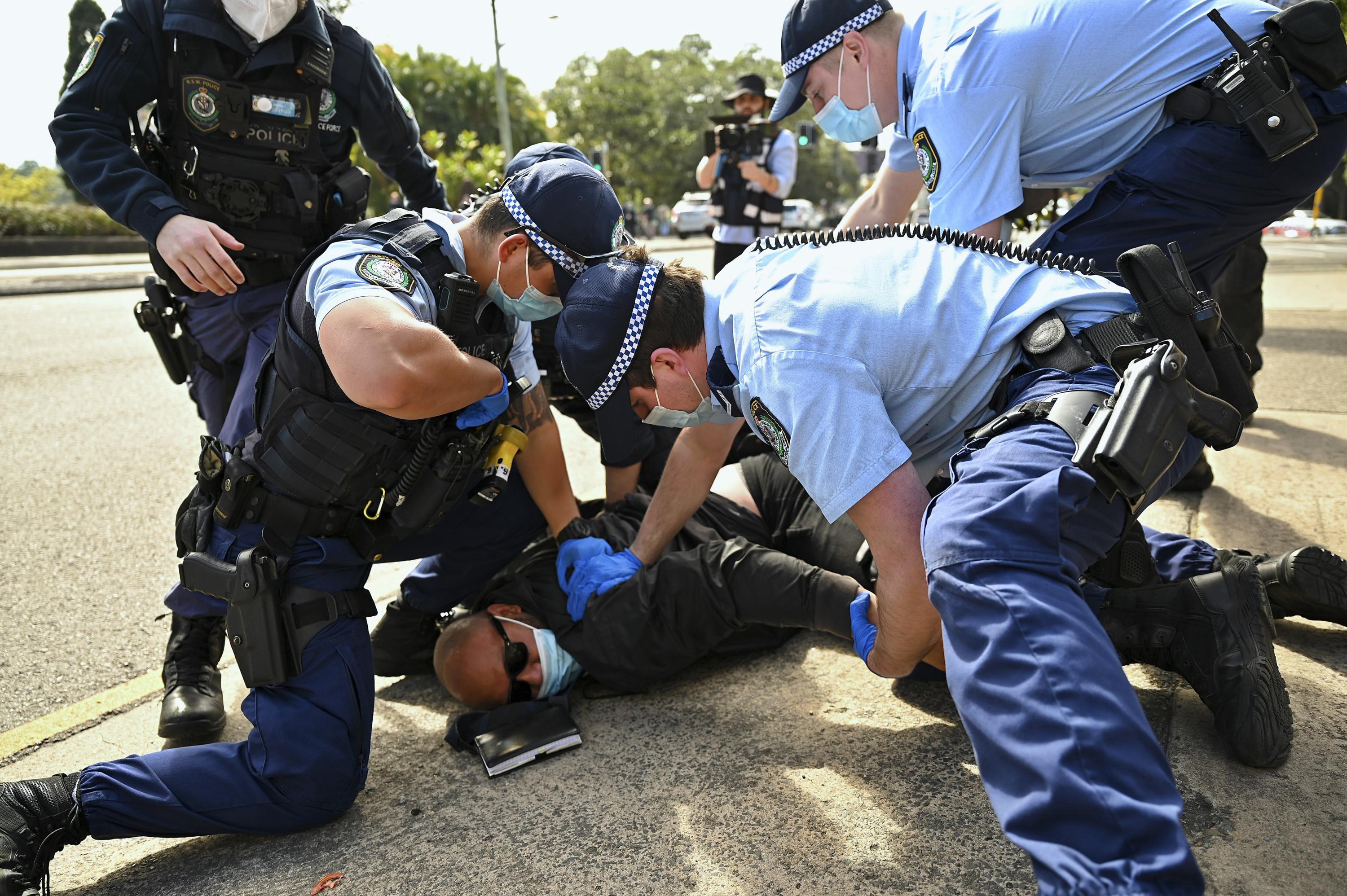




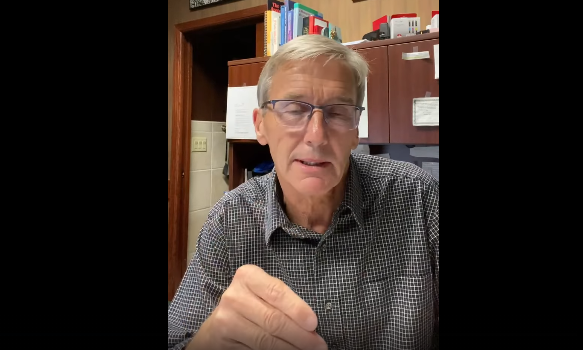
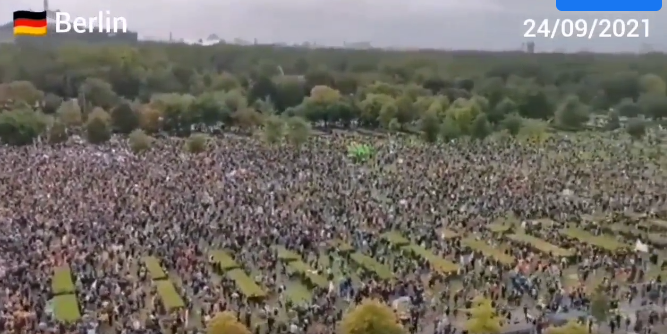
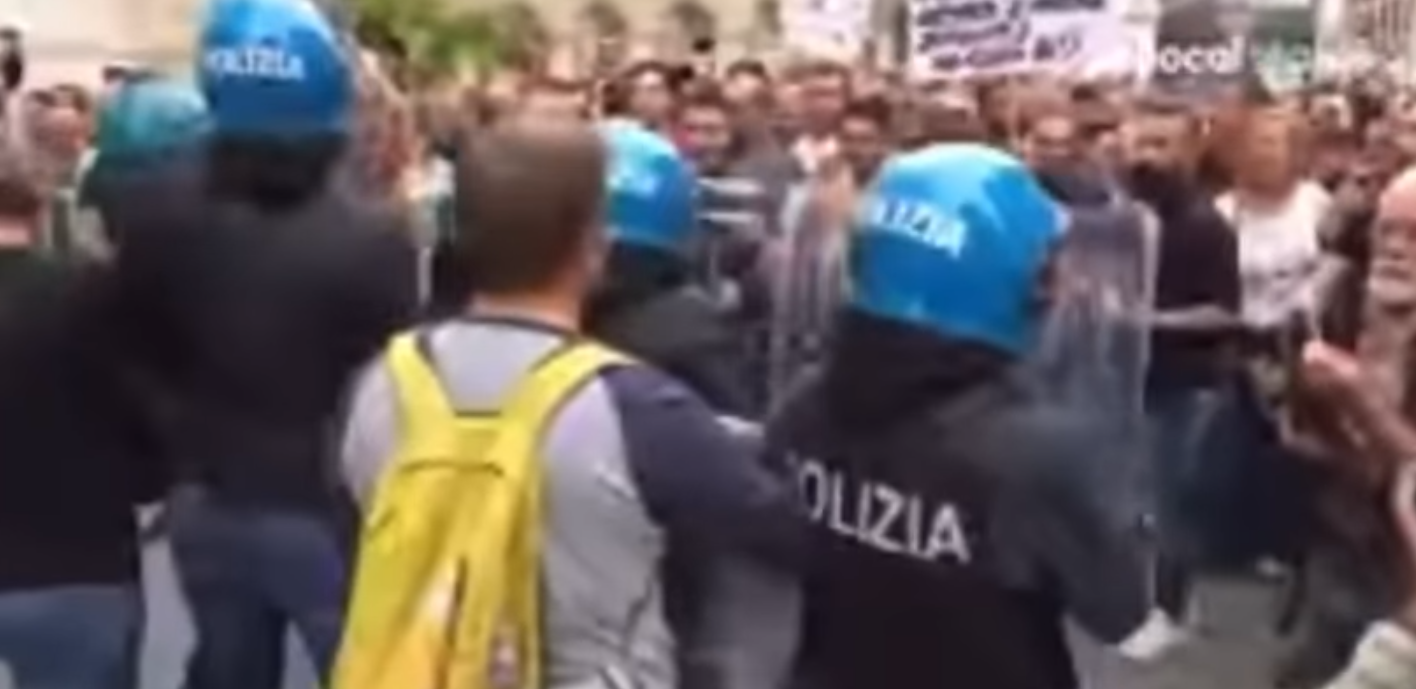

.jpg)

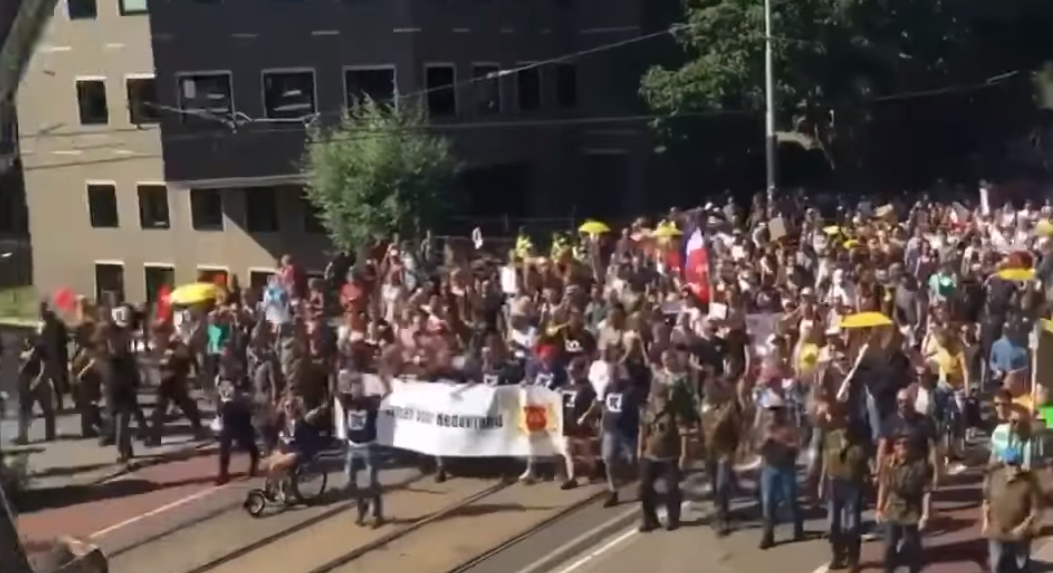
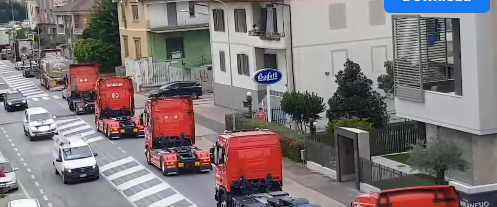
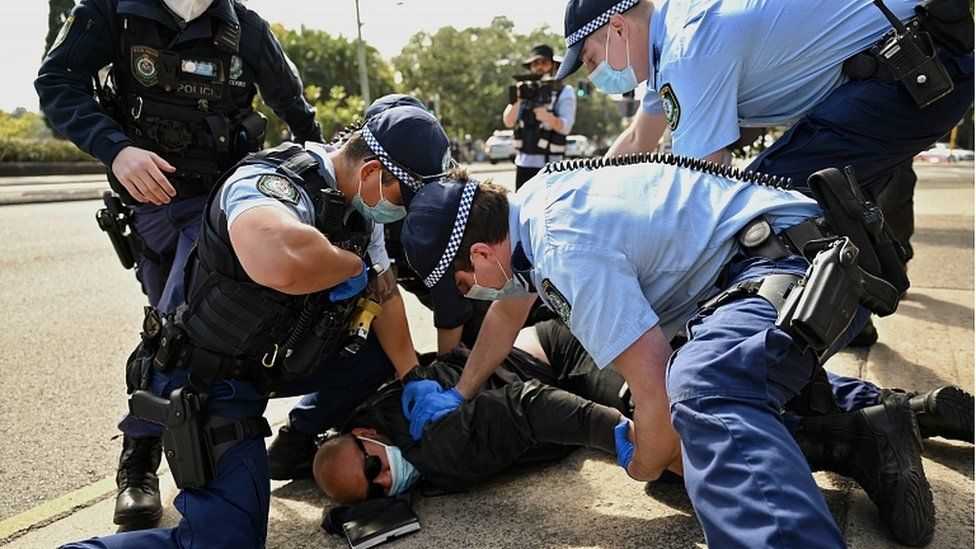
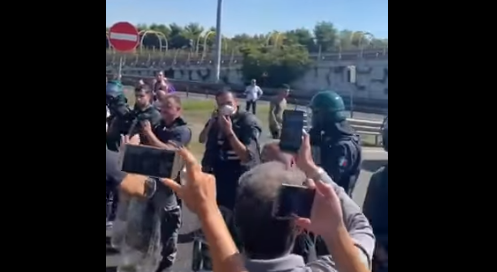

 English (US) ·
English (US) ·  French (CA) ·
French (CA) ·